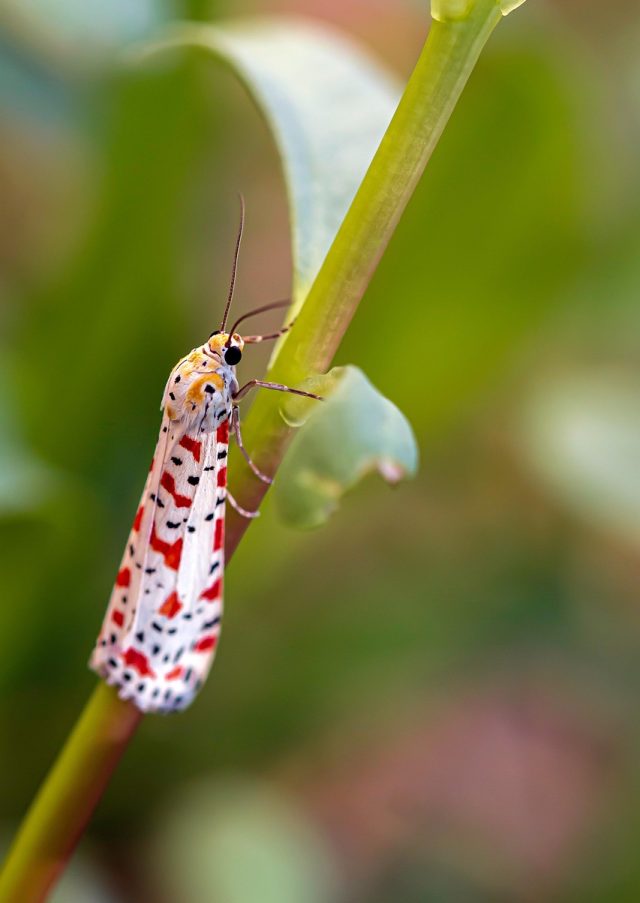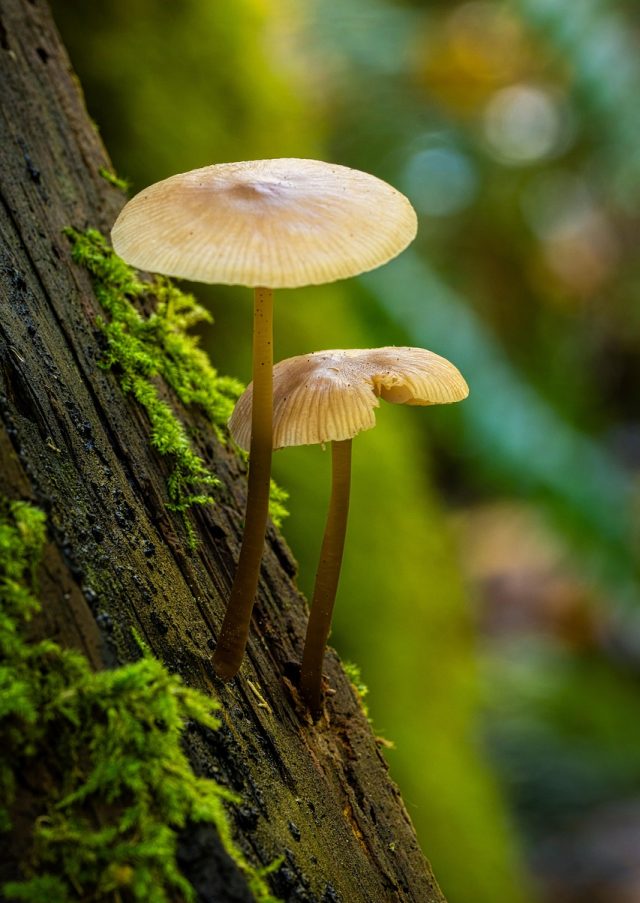Values of nature
Our goal is to restore degraded landscapes, improve livelihoods, and empower rural communities
How much we need mother nature
We are implementing methods that create awareness of understanding the delicate balance between nature and human activities. Which involve recognizing the importance of protecting the environment for present and future generations and taking steps to reduce harmful impacts.

Benefits of nature
The natural world is an incredible wonder that inspires us all. It underpins our economy, our society, indeed our very existence. Our forests, rivers, oceans and soils provide us with the food we eat, the air we breathe, the water we irrigate our crops with. We also rely on them for numerous other goods and services we depend on for our health, happiness and prosperity. These natural assets are often called the world’s ‘natural capital’. These benefits are also hugely important to the economy – from farming and forestry to leisure and tourism.
Read MoreIf you add them all up, the total value of these benefits is phenomenal – at least US$125 trillion every year. Because nature is free, we often take it for granted and overexploit it. We clear forests, overfish oceans, pollute rivers and build over wetlands without taking account of the impact this will have. By not taking into account the benefits we get from nature, we create huge social and economic costs for ourselves.
We need to look at the value of nature in economic and social terms to help us better understand the full implications of the choices we make. Instead of making decisions based on short-term financial interests, we can look at the long-term benefits for people and the economy – and of course nature itself. Using this argument, we’re persuading governments and businesses to take better care of the natural world, so that it can continue to sustain us all into the future.
Social Sustianability

Liberia's Biodiversity
Western Africa’s Biodiversity Hotspot: Western Africa’s biodiversity hotspot, Liberia boasts a variety of habitats that 140 mammals, over 600 bird species, plus 75 reptiles and amphibians call home. Offshore, scores of south Atlantic marine animals dart around its coastal waters, including the African manatee.
National Animal of Libera: The national animal of Liberia is the Asiatic lion — also known as the Indian lion and Persian lion. Sanctified and protected, most live in Gir Sanctuary, Mitiyala Sanctuary, Pania Sanctuary, Gir National Park, and Girnar Sanctuary.
Read MoreLiberia’s Endangered and Rare Animals: Liberia is the primary stomping ground of notable threatened species like the endangered pygmy hippopotamus. Additionally, the Liberian mongoose, categorized as endangered by the IUCN, is the country’s rarest mammal. First discovered in 1958, scientists know little about the secretive Liberian animal because only a handful have ever been observed.
Liberia Wildlife: Common Species: Leopards, monkeys, chimpanzees, antelopes, elephants, anteaters, and the red river hog are common Liberian animals. According to the latest count, 695 birds occupy the country, of which 21 are vulnerable according to conservation standards. Reptiles — including various crocodiles, snakes, and geckos — are also plentiful in the equatorial nation. And due to large amounts of annual rainfall, amphibians thrive in the ecosystem — the most interesting being the Gaboon caecilian, which looks like a giant worm! The country’s eastern Atlantic waters are teeming with marine life, and fishing is a critical industry. Most fisheries export rough-head sea catfish. Shrimp and lobsters are heavily fished as well. Other swimmers in the region’s lakes, rivers, and streams include the African brown knifefish and Guinean killifish.
We are transforming degraded lands into forest again
In order to achieve our goal, we partner with rural communities affected by deforestation and environmental degradation. Enabling them become drivers of this innovative initiative.
